HIGH PURITY
76.00 CHF
COSMOS ORGANIC certified by Ecocert Greenlife according to COSMOS standard.
29 ml
Skin with impurities (acne, blackheads, dilated pores, acne scars)
Purifying Serum
Highly concentrated serum with a fluid texture. Allows an easy application alone or in synergy.
Benefits: (1) Deeply purifies the skin, (2) Makes the skin look clean and healthy by preventing it from blackheads and clogging.
Actives: Salicylic Acid 2% – Zinc Gluconate 1% – pH ≈ 4,1
What makes the difference: Salicylic Acid exfoliates and is known for its antibacterial properties. Zinc Gluconate soothes and heals the skin.
How to use
Twice a day – morning and evening. After a thorough cleansing with the Deep Cleansing Balm, apply the Pro-Microbiome Lotion to the entire face and neck using a cotton pad to complete the cleansing and balance the skin’s pH. Let the lotion penetrate before applying a synergy of Emulsion and Serum adapted to your skin.
Aqua (Water), Pentylene Glycol (Skin conditioning agent), Hordeum Vulgare Leaf Juice* (Emollient), Glycerin** (Humectant), Salicylic Acid (Skin Conditioning Agent), Zinc Gluconate (Skin Conditioning Agent), Sodium Levulinate (Skin Conditioning Agent), Arginine (Skin Conditioning Agent), Aloe Barbadensis Leaf Juice Powder* (Skin Conditioning Agent), Xanthan Gum (Viscosity Controlling Agent), Sodium Benzoate (Preservative).
COSMOS ORGANIC certified by Ecocert Greenlife according to COSMOS standard.
*ingredient from Organic Farming
**made using organic ingredients.
21% of the total ingredients are from Organic Farming.
99% natural origin of total.
Salicylic Acid (willow bark extract):
“This study demonstrates the efficacy and safety of this optimized topical 1.5% Salicylic Acid cream containing natural skin penetration enhancers in combination with antioxidant activity when applied twice daily for the reduction of facial acne.”1
Zinc Gluconate (obtained by biosynthesis from Zinc of mineral origin and Gluconate derived from plant sugars) :
“Anti-acne”2
“the sebasceous gland production is decreased”2
1 Zheng, Y. et al. (2013). Clinical evidence on the efficacy and safety of an antioxidant optimized 1.5% salicylic acid (SA) cream in the treatment of facial acne: an open, baseline‐controlled clinical study. Skin Research and Technology 19.2, pp. 125-130.
2 Martini, M-C. and Seiller, M. (1999). Actifs et additifs en cosmétologie, 2ème édition, p. 210 and p. 438
Customer Reviews (0)
Complete your Physiodermie Glow
ADDITIONAL PRODUCTS TO COMPLIMENT YOUR ROUTINE
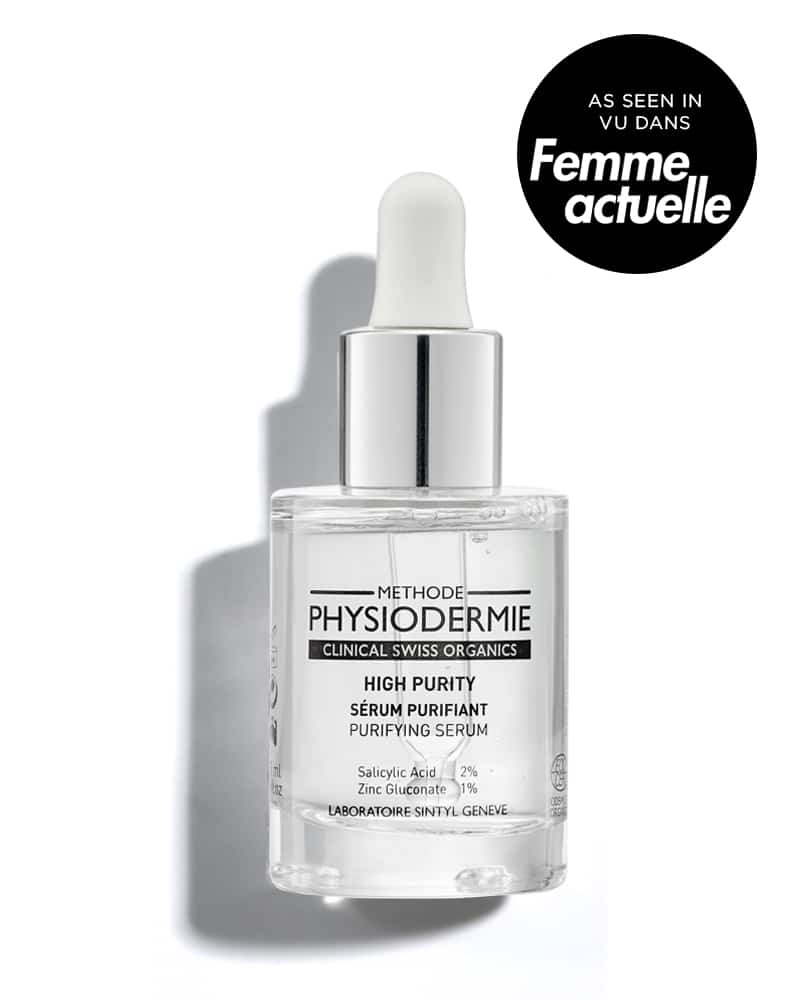
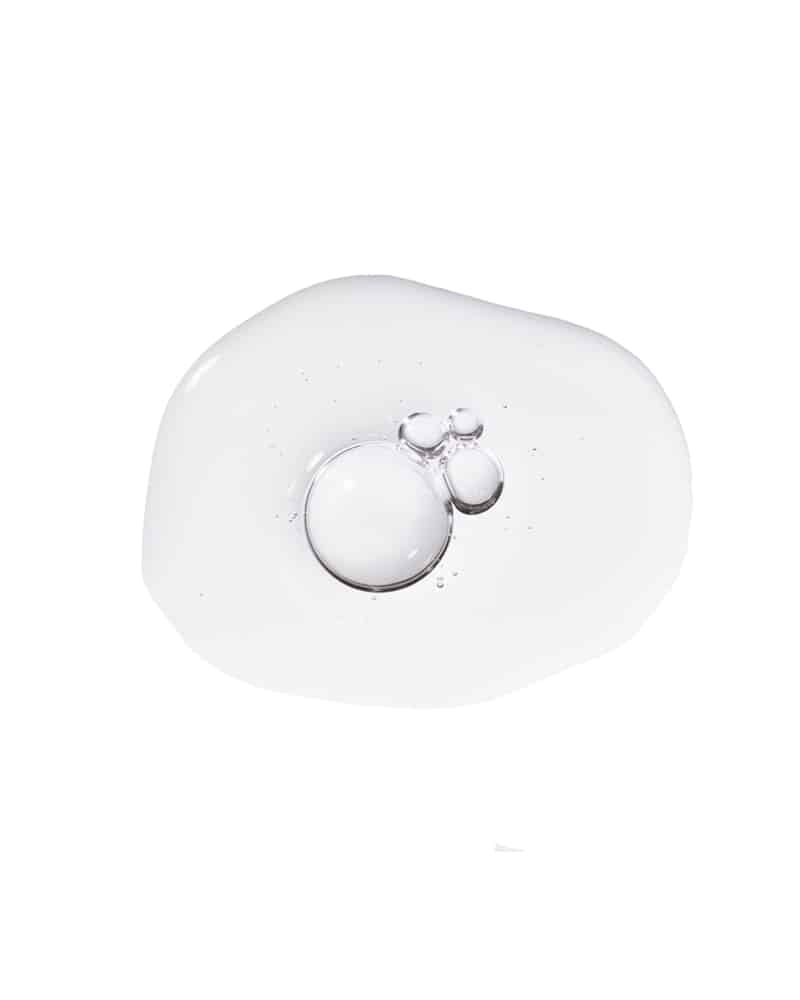
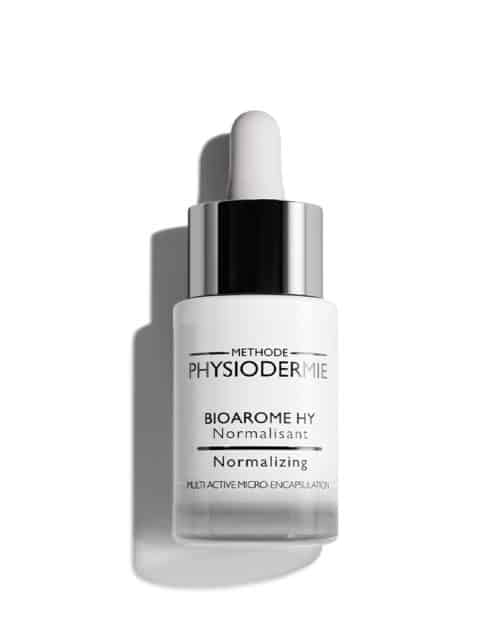

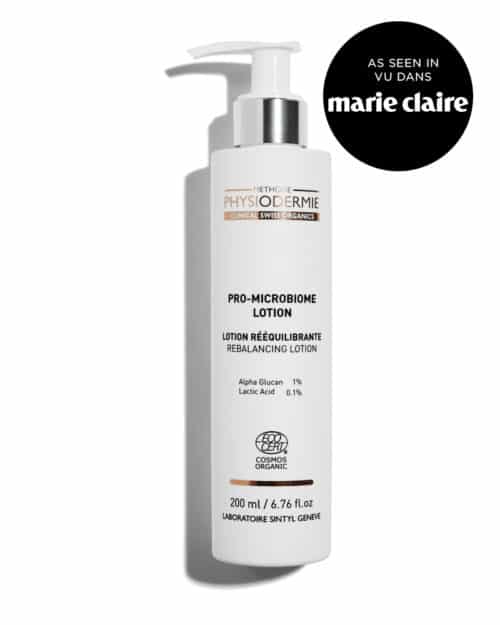
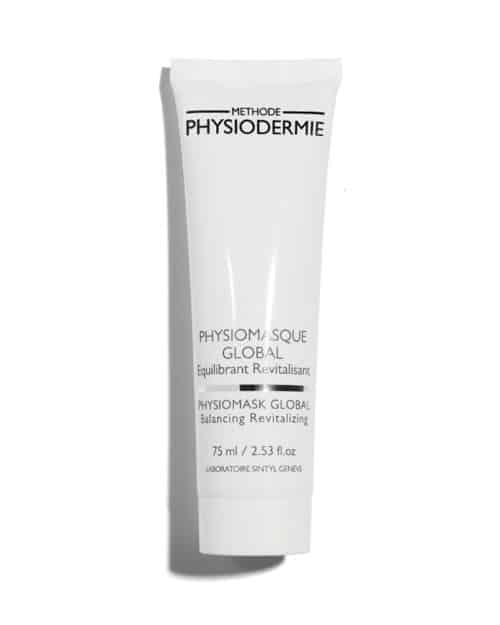
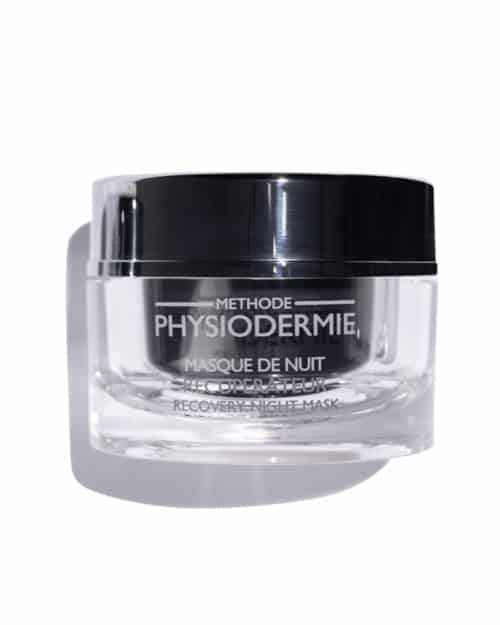

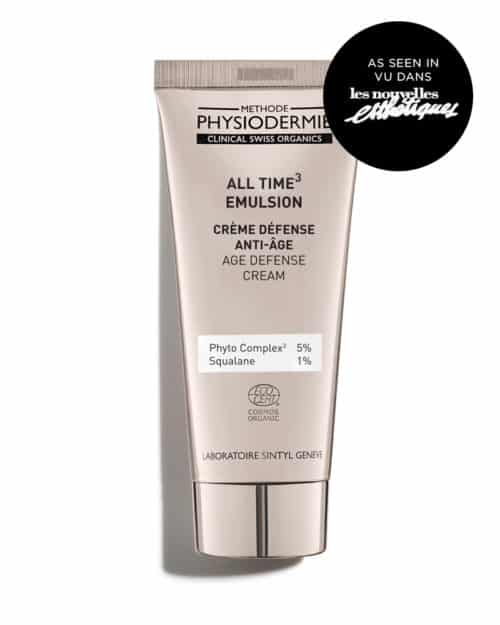

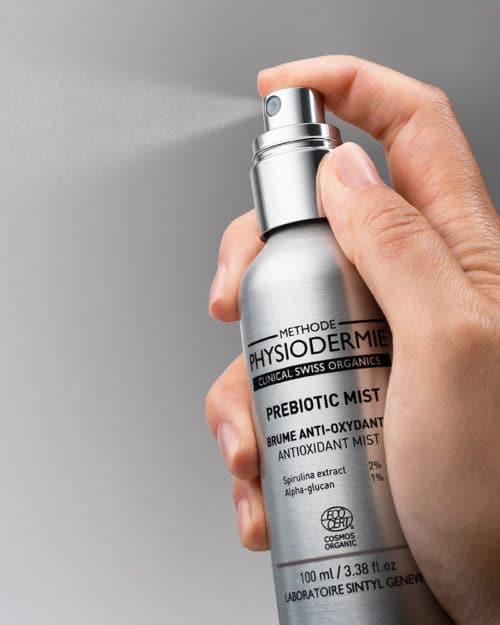
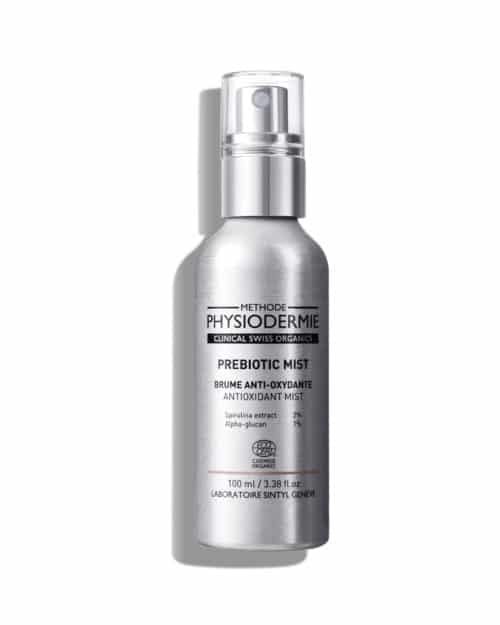
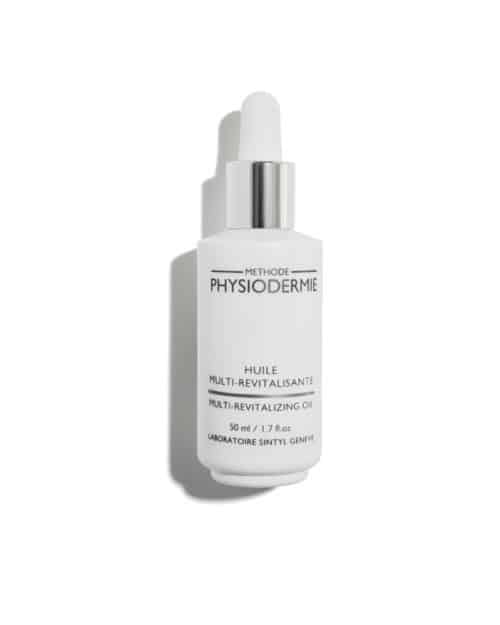


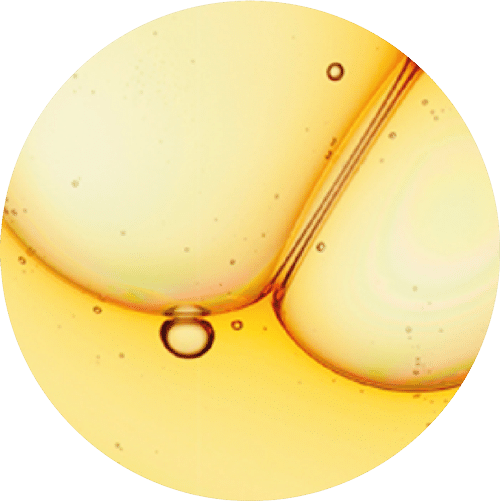
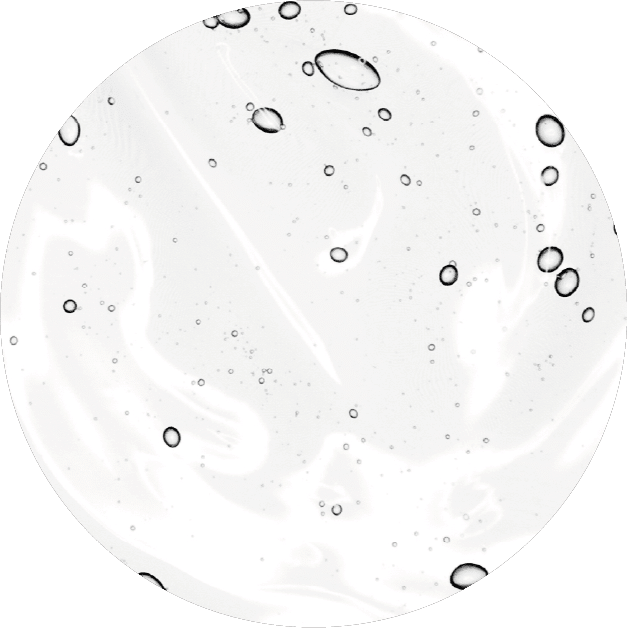

Reviews
There are no reviews yet.